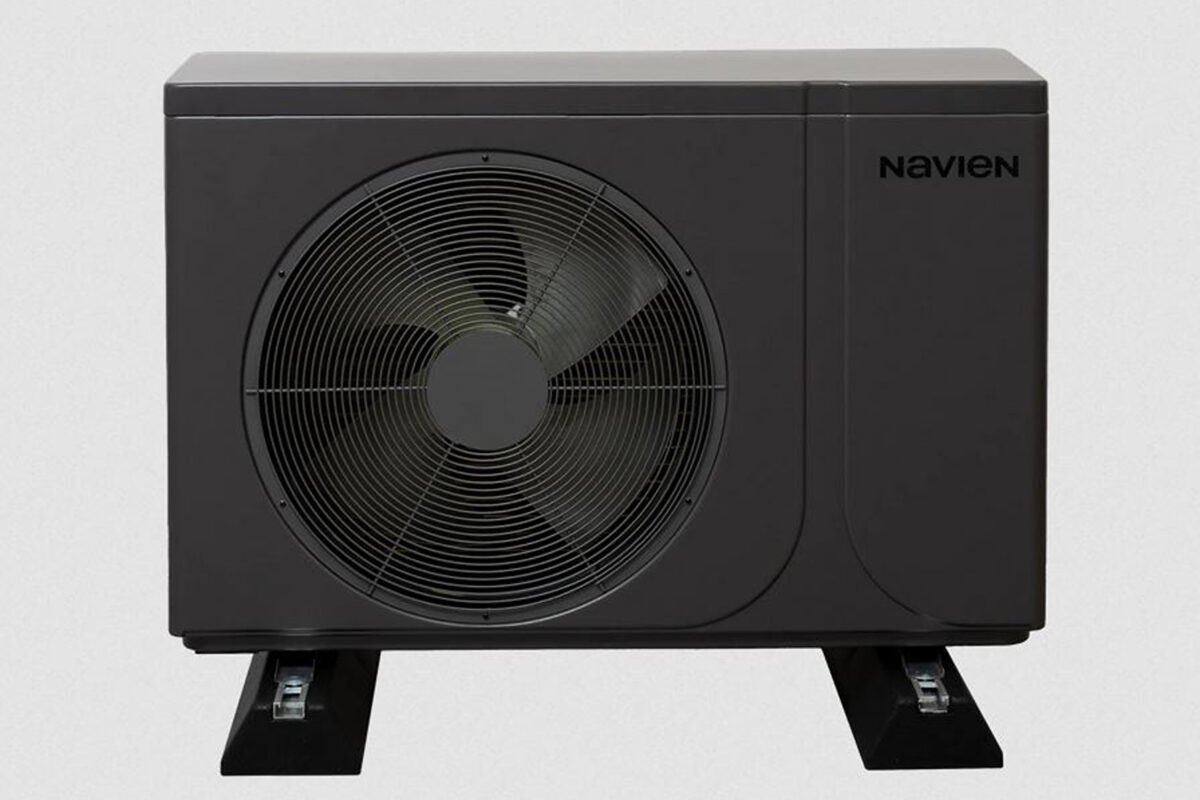It goes up again – but too slow! This is the conclusion of Swissolar after an analysis of country market growth in 2018. According to the figures of the solar association, 271 MW of photovoltaics were added in Switzerland in 2018, 12% more than in the previous year.
Increased growth rates occurred across all project segments, with the exception of large-scale PV installations exceeding 1 MW in size. After two very difficult years, a turnaround has been kicked-off, but the additional capacity is still well below the high volume of 2015, when 340 MW was installed. The share of photovoltaics in Switzerland's energy mix has risen from 2.9 percent in 2017 to 3.4 percent in 2018, continues Swissolar.
The trade association cites market uptake to measures taken under the Energy Strategy 2050 which entered into effect at the beginning of 2018, and notes in particular rebates covering 20% of initial costs for installing a rooftop PV system. Broken down by the type of facilities, more and more photovoltaics were built on single and multi-family homes, according to Swissolar. On industrial and commercial buildings, however, the expansion stagnated and even declined for agricultural buildings.
“This shows a clear current lack of subsidies,” writes Swissolar, which claims that only projects with a high self-consumption rate and reliance on rebates are fully bankable. One possible solution lies in the collective self-consumption (ZEV), whereby several consumers could optimize their own consumption, even on adjacent properties. Introduced at the launch of 2018, the association says this tool, was met with great interest, particularly for apartment buildings.
As for battery storage, Swissolar reports an increase in sales of more 25%, up to 1,590 units. One out of ten photovoltaic systems was combined with storage in Switzerland at the end of 2018, with the average storage system size being installed around 1.9 kWh.
Swissolar states that, overall, the measures under the Energy Strategy 2050 are beginning to take effect. “But for the replacement of nuclear power and fossil fuels, the annual addition of photovoltaic systems must be at least fivefold,” writes the association.
In particular, it urges for stronger incentives for large-scale facilities such as agricultural, commercial and office buildings. The association also suggests for revisions to Cantonal energy laws surrounding self-generation in new construction and calls for the use of renewable energy in heating renovation.
This content is protected by copyright and may not be reused. If you want to cooperate with us and would like to reuse some of our content, please contact: editors@pv-magazine.com.



By submitting this form you agree to pv magazine using your data for the purposes of publishing your comment.
Your personal data will only be disclosed or otherwise transmitted to third parties for the purposes of spam filtering or if this is necessary for technical maintenance of the website. Any other transfer to third parties will not take place unless this is justified on the basis of applicable data protection regulations or if pv magazine is legally obliged to do so.
You may revoke this consent at any time with effect for the future, in which case your personal data will be deleted immediately. Otherwise, your data will be deleted if pv magazine has processed your request or the purpose of data storage is fulfilled.
Further information on data privacy can be found in our Data Protection Policy.